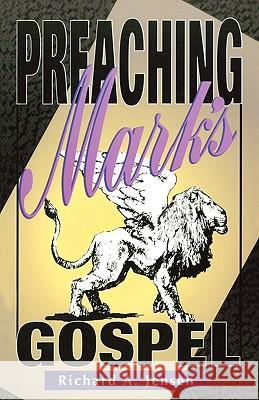Preaching Mark's Gospel » książka
Preaching Mark's Gospel
ISBN-13: 9780788008337 / Angielski / Miękka / 1996 / 204 str.
In a classic case of failing to see the forest for the trees, Jensen, a homiletics professor and author of two works on narrative preaching, says that preachers tend to analyze biblical books to glean the slightest bits of exegetical data, yet miss the thrust of the overarching story they try to convey. Jensen contends that preachers get too caught up in an analytical, left-brained mentality that obscures the power and meaning of the good news story. In these pages Jensen helps us approach Mark's gospel with eyes wide open rather than with microscope in hand. He treats Mark's gospel as a narrative whole and challenges preachers to tell the gospel's story to their congregations. In doing so, Jensen emphasizes the strength of biblical stories. He says that these stories are powerful in and of themselves, that they work without much explanatory help. The problem is that listeners never hear the entire story, because it's always told to them in bits and pieces. Jensen's adaptation of what Robert Alter (author of The Art of Biblical Narrative) calls narrative analogy assumes that ... parallel acts or situations are used to comment on each other in biblical narrative. In other words, if Mark told story B to flesh out the reality of story A, then perhaps preachers today can do the same thing in their preaching. Students of Jensen have enthusiastically embraced this approach: This is great, we never get to hear them (stories) whole How did it ever occur to us that we could improve on the story of the Prodigal Son, for example, by reducing it to ideas? Richard A. Jensen teaches homiletics at Wartburg Seminary in Dubuque, Iowa, and Lutheran School of Theology at Chicago. He is best known for his 10-year stint as preacher for the national radio program Lutheran Vespers. He has also produced a television series titled Reflections and one titled Rhapsody. CSS Publishing











